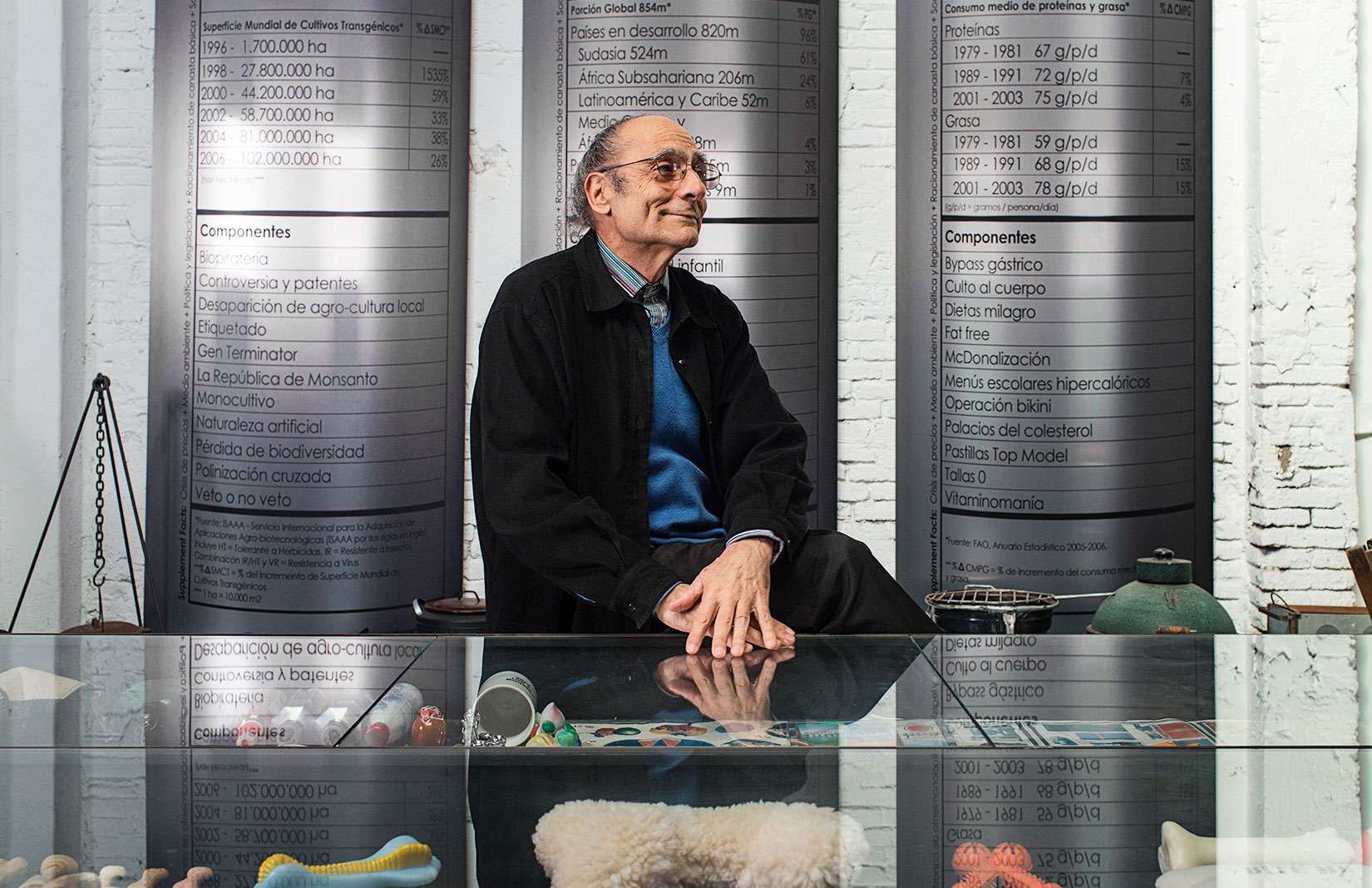
Catalan artist Antoni Miralda is obsessed with food. Not in the way of a gourmand, but in the culture, politics and ritual of what we eat. Since the 1970s, he has expressed his views in avant-garde installations, happenings and performances all over Europe and the US, where his experiential restaurant El Internacional (created with partner Montse Guillén) became a celebrated New York hot spot.
The couple divide their time between Miami and Barcelona. In his native city, Miralda maintains a large locale in the newly gentrified Poblenou district, surrounded by the objects and ephemera that have made his work materialise. He prefers to call the space – encompassing living and working areas – an ‘archive’.
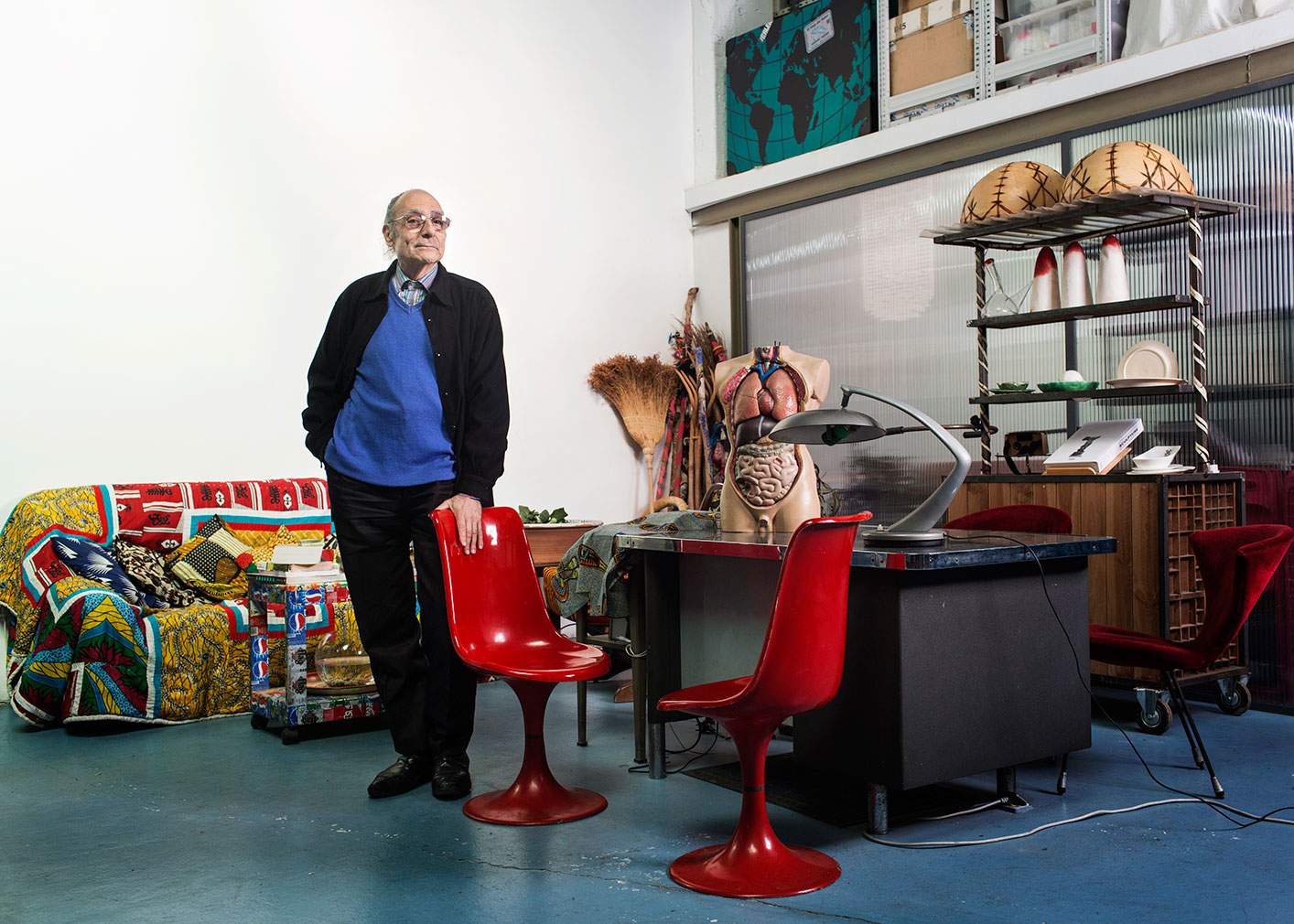
We paid him a visit to find out more…
How did you come across this space?
Antoni Miralda: It was just after my retrospective show at the Museo Reina Sofia [Madrid] in 2010. I had to find a place right away because I had to store the stuff from the exhibition, much of which had been gathered from other places. Many locales and old industrial spaces in Poblenou were available then – and at a good price. Of course this has changed.
Can you describe it?
AM: We have a small area on the first floor and a kitchen at the back. So we sleep upstairs and downstairs is the kitchen and bathroom, and the archive is the living area. I have always been attracted to the classical loft-type set-up, even in the early days when I lived in New York. I like the concept of everything working together – like a lab.
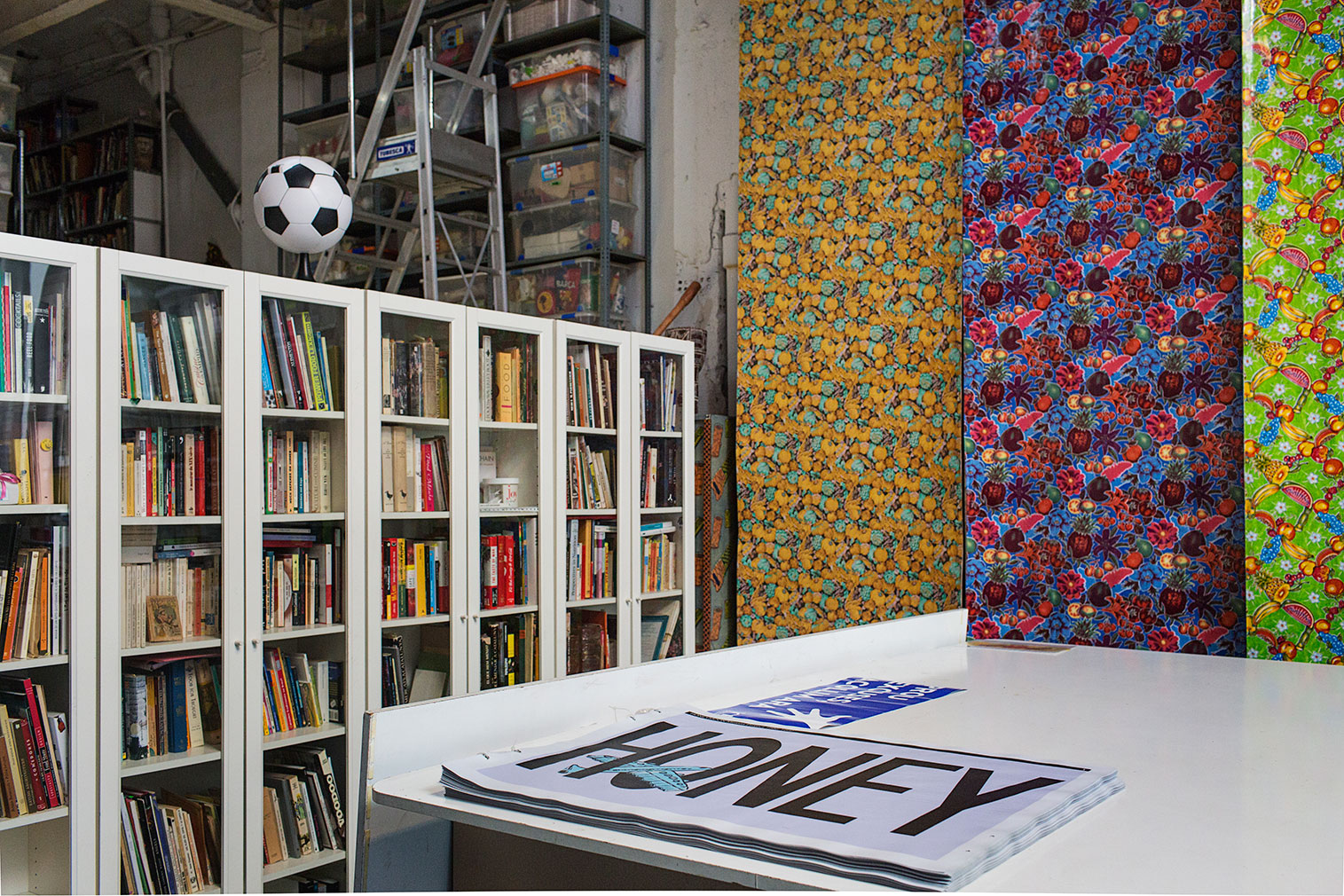
Obviously you need a large space for the type of work you do. Does there ever come a point where you need more? Or is it matter of reorganising things?
AM: ‘More’ is something that is very abstract. I’m interested in how a space evolves. I like it when things get confused, and come together, like the layers of a sandwich.
Of course you can add layers. Many hands and helpers come on board when a project is approaching. But mostly I work alone, so I prefer minimum infrastructure. It doesn’t make sense for me to ‘box’ myself in.
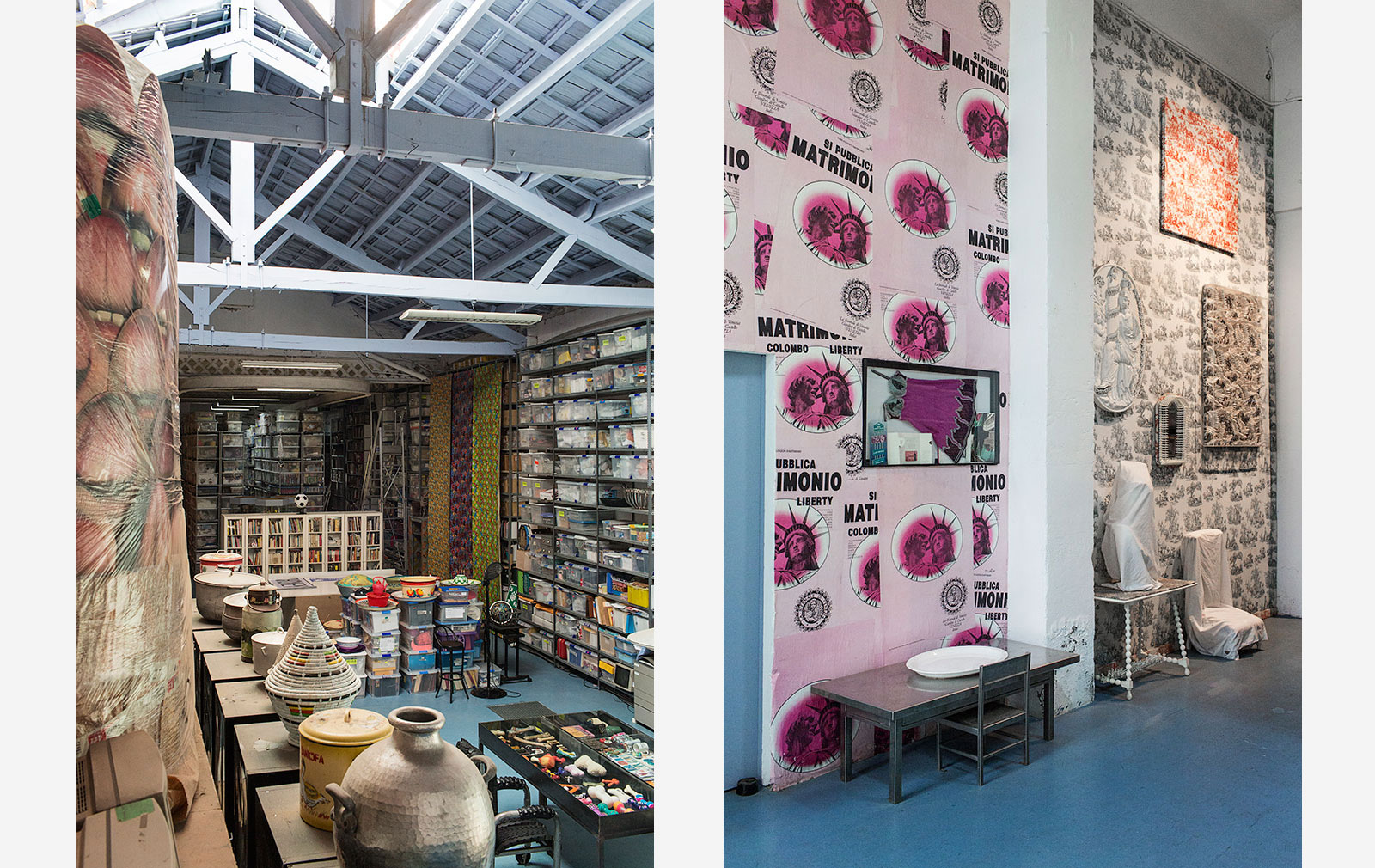
I suppose a digital archive would take up less space, but in my case that’s not possible because I love to, not collect exactly, but accumulate information on the different ways that food culture is represented. I think that big spaces like mine become very human at the end – they sort of breathe your input, and allow you to create dialogue between objects.
Do you know the history of the space?
AM: I never really could find out. I think it might have been a workshop of some sort. There were many water outlets, and the kitchen was already installed, which was very important for us. But we don’t know exactly. People aren’t interested in keeping records on the history of their spaces, which is a shame – because I love that!
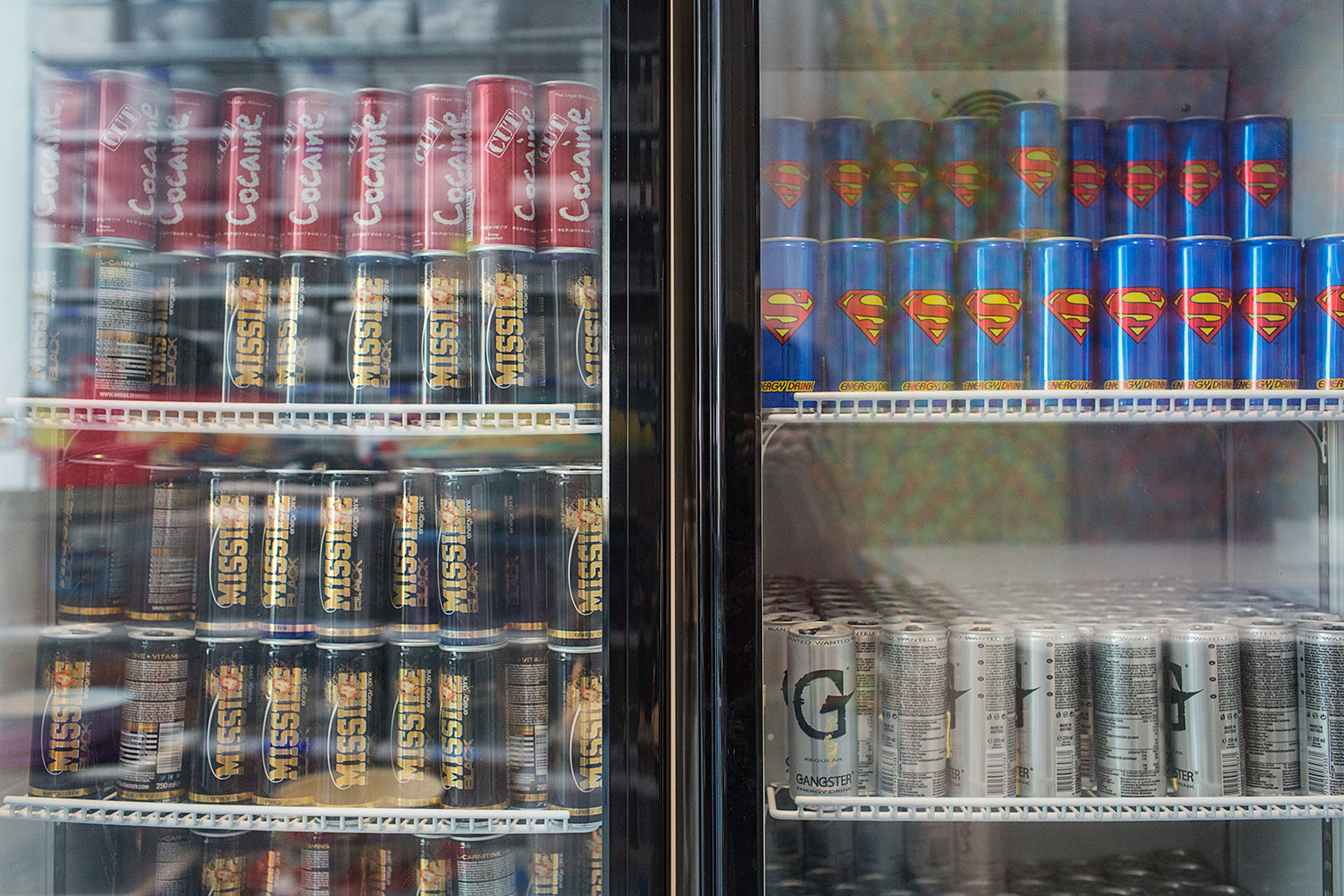
How is it different from your space in Miami?
AM: The Miami space is very small, and it’s more like a conventional home. It’s in the Wynwood area – we moved there before it was on the map and became the city’s arts district. I think artists do that – they move into an unknown neighbourhood, make it interesting, and before they know it they are on the street. It’s very common.
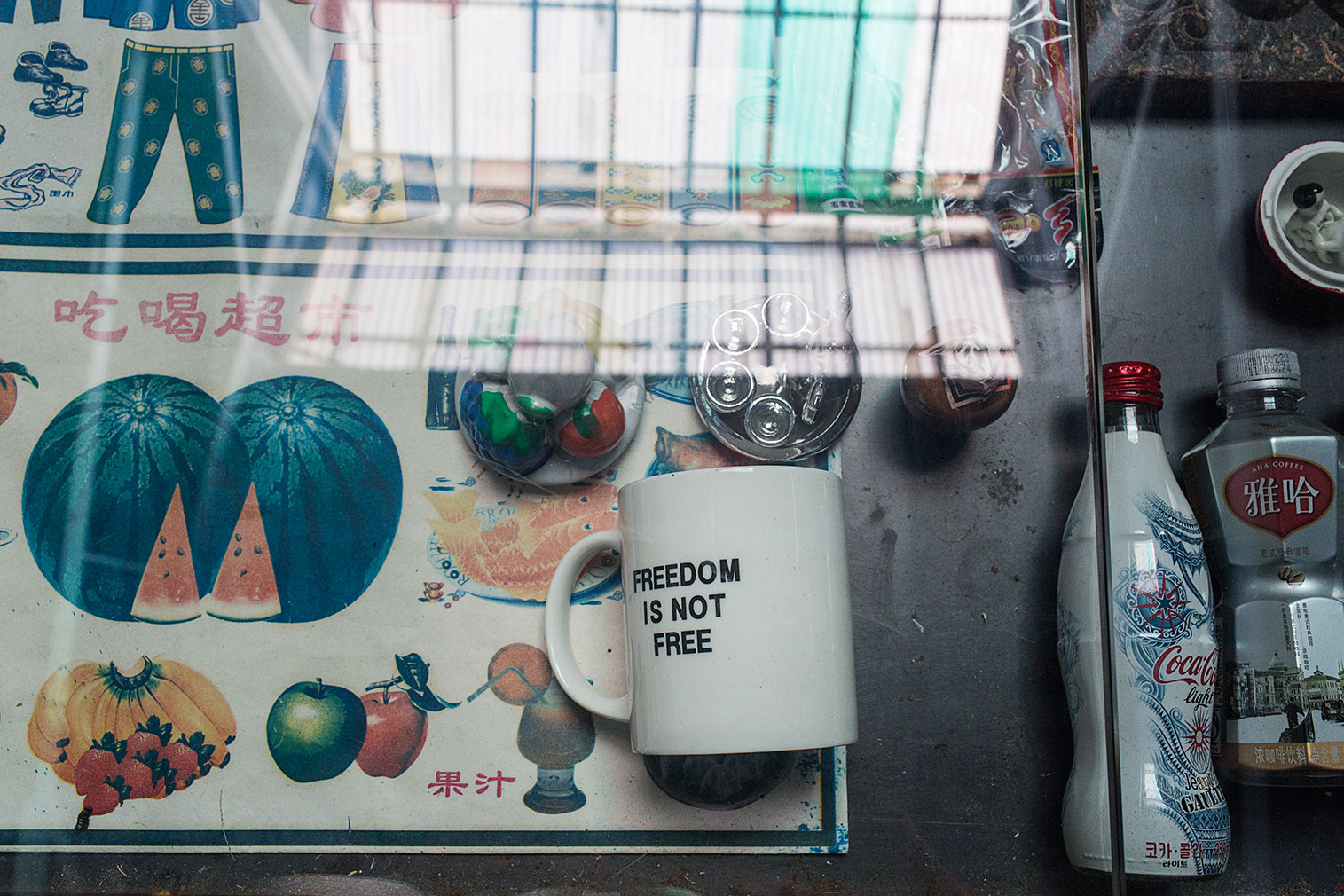
Have you considered opening the archive to the public? Could it become a gallery?
AM: Exhibition spaces should be open to be used for other things than just exhibiting art. I am always trying to push the ‘multi’ and the ‘pluri’. Galleries could have many, many functions. Because you know, people instinctively know how to use a space, you don’t need to tell them. There should be no barriers, no limits.
But of course this notion is against institutional and legal interests. So it’s always a fight to try and change that.
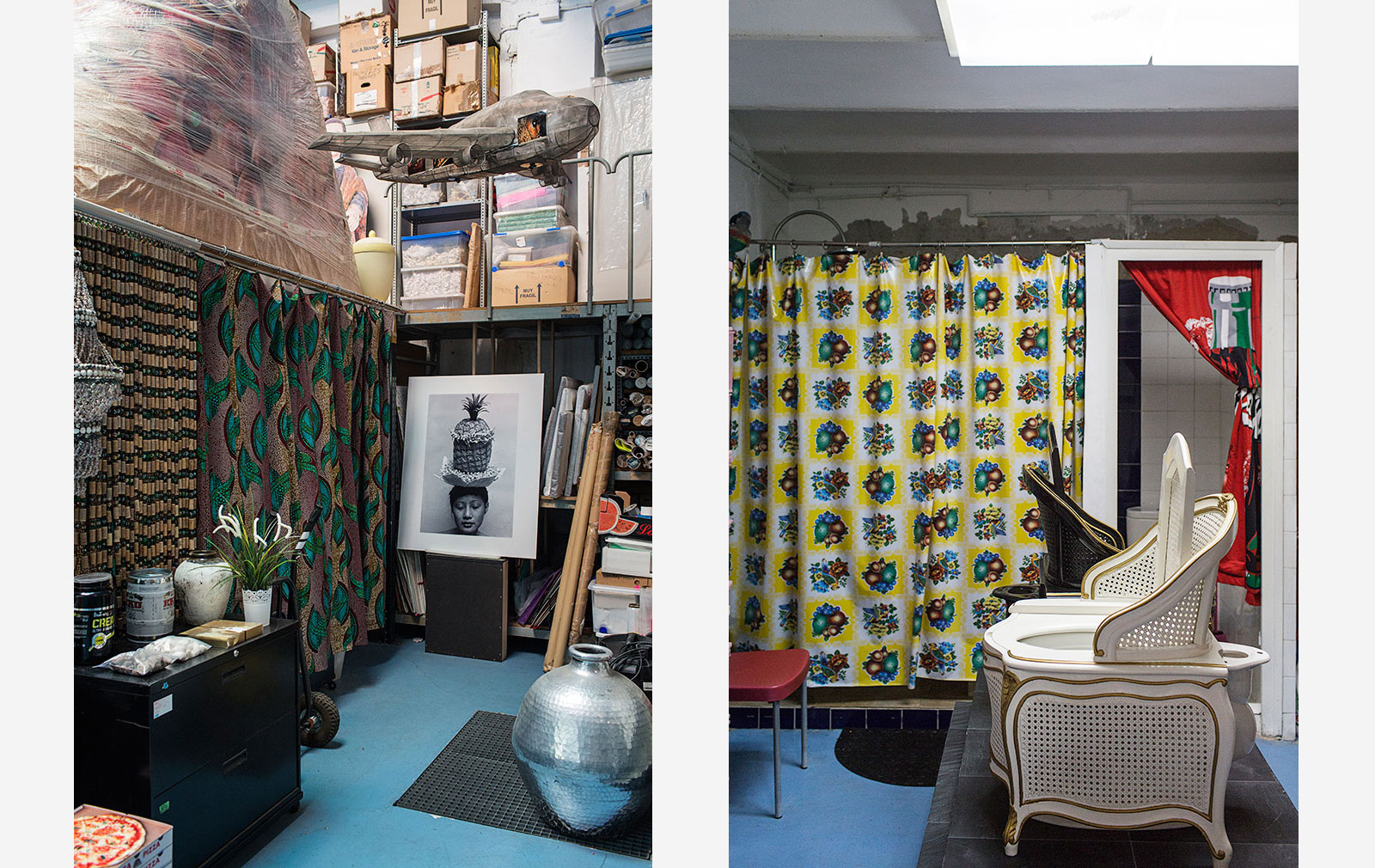
What is your favourite thing about the space you inhabit?
AM: The ray of light that creeps in first thing in the morning. It’s a kind of ceremonial ‘bath’ for the space – sort of like you would see in a cathedral.
Read next: Inside the home of Michael Landy, the artist who destroyed all his possessions




